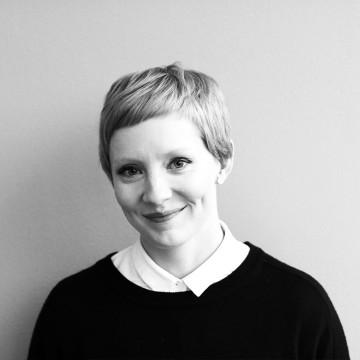You may not be aware of it, but all of us engage in a kind of futures thinking everyday; what’s the weather like? Is it going to rain? What should we have for dinner? We form ideas and intentions and build a foundation for the future out of our wishes for it. Our ideas are a source of inspiration and motivation. They steer our actions.
That’s what future thinking is, too – it just takes place on a corporate level and the perspective is a little different.
As modern as futures thinking sounds, its roots are in ancient Greece. According to myth Apollo, the divinely handsome god of truth and prophecy, was famous for his ability to foresee the future and his shrine at Delphi became well-known and prosperous. The origins of academic futures thinking stretch back to 1516 when Thomas More wrote his book Utopia, laying the foundation for imagining a desirable future and using that vision as a means for discussion, raising awareness and decision-making.
More recently we’ve seen different academic approaches and scholarly theories. Graham May organised futures approaches and methods into three different categories which also reflect how they tie into the spirit of the times:
- FORESEE which has its foundation in knowing the future, like the oracle in Delphi. With these methods, we can see one predetermined future and follow our ‘fate’. With the oil crisis in the 70’s it became understood that linear development isn’t exact enough, and that we may need to understand multiple possibilities.
- MANAGE is an approach which include methods enabling us to explore the future and be prepared in case of change. In today's competitive climate, a reactive approach may not provide the necessary advantage. Winning companies need to be proactive; to define their own desired future and aim for it.
- CREATE consists of methods which emphasise inventiveness and imagination. Drawing attention into the inspiration and vision as a result.
As much as futures thinking is about tomorrow, it also sheds light on the present to reveal alternative perspectives. By providing a novel view on today it helps us to find new opportunities. With digitalization enabling and pushing changes on so many levels, it’s crucial to have eyes both on future - where we want to go - as well as on where we to see and grasp new beginnings. Companies can have a real impact on their future by systematically scanning for signs of change and new opportunities to gain a head start in the race for a unique market position.
At Futurice we’re always looking for new perspectives to help our customers navigate towards the future, so we co-created our trend report with customers, partners and friends.
As a part of our trend process, we’ve brought together the design, business and technology forces that will impact us in the year ahead. As a starting point, we identified about 70 Future Forces, shortlisting 30 of them. We didn’t want to rely on just what we think – we wanted to validate our ideas with people. To do this, we used fortune cookies that were given to a thousand people at Helsinki’s startup conference, Slush.
Each cookie contained one idea and we asked people to place the idea from the cookie in one of two big cookie jars: ‘Yes I believe this will happen” or “No I don’t believe this will happen”. We also used an online survey to gather our employees’ insights on the trends. Combining the survey results and background research, we have compiled five future forces that we believe will impact the way we live, work and play in 2017 and beyond. We cover multiple topics like the birth of maximoments and new kinds of relationships for our wellbeing – exploring how safety is becoming more experiential and living solutions increasingly mobile and modular, with ‘home-commerce’ empowering households to new heights. We will publish our trends later this week – can't wait to hear how you see them in your future.
Fact, fiction and fantasy,
That’s what bright futures are made of.
Sources:*Kamppinen, Matti; Kuusi, Osmo; Söderlund, Sari. Tulevaisuudentutkimus. Perusteet ja sovellukset. 2003May, Graham H. The Future is Ours. Foreseeing, Managing and Creating the Future. 1996*
 Virpi VaittinenDesign Strategist
Virpi VaittinenDesign Strategist
